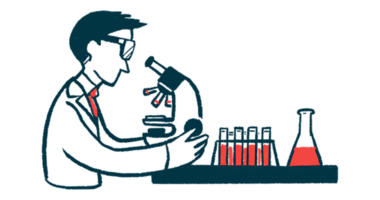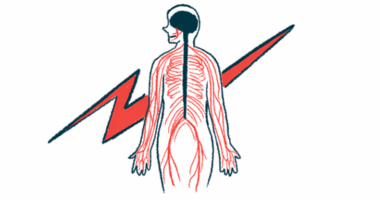Putting up emotional walls protected me during tough moments
A columnist separated herself from being a mom to help ease her son's pain

My last home had a great fence. It was a wall of concrete blocks surrounding my backyard and stood 7 feet high. With two dogs who bark at the wind blowing, the wall deterred them from jumping and kept some of their barking at bay.
However, there was an iron bar gate in the back that allowed me to see passersby as they walked their dogs and bounced basketballs on the way to the playground. I always knew when it was 3 p.m. because my dogs would lose their minds barking, as the local school bus stop was on the other side of the street. The dogs enjoyed being able to see what was on the other side rather than solely relying on listening and imagining the “scary” kids over the concrete wall.
These walls are reminiscent of the walls I built within myself.
Complications take a major toll
My son, Caeleb, a sophomore in college, has severe hemophilia A with an inhibitor. In the early days of his inhibitor diagnosis, the Bethesda units were so high that the only way to treat a bleed was to use bypassing products. These products helped, but healing from a joint bleed would take several weeks, rather than possibly a few days or a week.
Inhibitors are one of the most severe complications of hemophilia. Caeleb’s complications didn’t stop with that diagnosis. He had at least eight ports, as they would become infected or break. Daily infusions for years cause wear and tear. He missed over 50 days of school and lost mobility for a year.
Caeleb developed a phobia of needles and would often have a team of nurses hold him down to access his port or start IVs. He also developed an allergy to factor VIII, which he needed to help eradicate the inhibitor.
Neither Caeleb nor I was immune to the emotional toll of his condition. The constant struggle and pain he endured led to both of us developing post-traumatic stress disorder.
I tried to help. I provided encouraging words with a calming tone. But Caeleb was transported to a world of fear and panic.
For three years, the physical fighting continued. With the issues accessing Caeleb’s port, failed inhibitor treatments, joint bleeds, and working with a new drug to combat the allergy to factor VIII, the focus on his hemophilia was the center of my life. I had to do something to take care of myself.
Keeping my emotions in check
When we entered the hospital to go to the hemophilia treatment center or be admitted to the emergency room, I immediately erected my own wall. It was concrete and hundreds of feet tall. No person or feeling could breach the wall and enter my heart.
My resilience was tested in those traumatic, painful moments of Caeleb’s treatment. I built a wall to protect myself, to keep my emotions in check. I transformed into an honorary “clinician” and professional/parent caregiver to better help my son.
It amazes me how I stayed in the hospital room with my son screaming in pain and did not shed a tear. I kept focused and calm. I separated myself from being his mom and tried to think of ways to help him with his pain.
When I had to leave the clinic or hospital room when clinicians were trying to access Caeleb’s port, I wondered, “Wouldn’t a good mom stay in the room and help?” I knew staying behind the wall would allow me to better help Caeleb.
But when the cracks in those concrete blocks of my mind spread, my wall would crumble. I stepped out of the room, and the tears flowed. That’s when my mom’s heart, shattered into millions of pieces, was raw and vulnerable.
My wall was only erected during the emergent, painful moments. The rest of the time I loved on my son and encouraged him. And when he would say, “I hate hemophilia.” I would answer, “I do, too.”
I love a good wall, but these days they are not made of concrete. My walls have gates. I can see the other side, but I still have protection from what can be scary. I’ve learned that walls don’t have to isolate and separate us; they can give us space to breathe. And when I’m ready, they let love, light, and hope back in.
Note: Hemophilia News Today is strictly a news and information website about the disease. It does not provide medical advice, diagnosis, or treatment. This content is not intended to be a substitute for professional medical advice, diagnosis, or treatment. Always seek the advice of your physician or another qualified health provider with any questions you may have regarding a medical condition. Never disregard professional medical advice or delay in seeking it because of something you have read on this website. The opinions expressed in this column are not those of Hemophilia News Today or its parent company, Bionews, and are intended to spark discussion about issues pertaining to hemophilia.









Leave a comment
Fill in the required fields to post. Your email address will not be published.